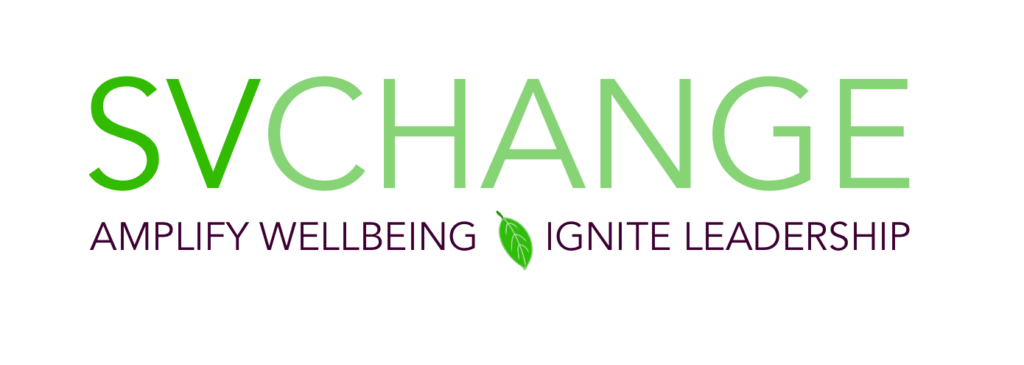
In today’s rapidly evolving business landscape, the way we structure our organizations can significantly impact our success. It’s not just about big shifts; sometimes, the smallest adjustments in organizational design can yield the most profound effects. This concept is at the heart of my recent conversation with Liz Scott, a seasoned HR leader with over two decades of experience aligning human resource strategies with business objectives.
Liz Scott is more than just an HR professional; she is a visionary in leadership and management development. With a rich background that spans coaching, consulting, and spearheading enterprise-wide initiatives, Liz has refined the art of building and leading teams that resonate with the core goals of an organization. Her experience includes significant roles in creating operational models that foster effective collaboration and productivity.
Understanding organizational design
Organizational design is fundamentally about more than just the hierarchy or the chart that outlines who reports to whom. It’s about understanding the dynamics that make a company function at its best. Liz Scott brings a comprehensive approach to this process, focusing not just on the structure but also on the synergy between team members.
She advocates for a collaborative process where the combined insights of a diverse team help shape the organizational strategies that will lead the company towards its goals. This method ensures that every facet of the company is aligned—from resource allocation to talent deployment—creating a cohesive entity that is well-equipped to meet the challenges of the business landscape.
The beauty of Liz’s approach lies in its inclusivity and forward-thinking nature. By involving a cross-section of the organization in the design process, it guarantees that multiple perspectives are considered, which enhances the creativity and effectiveness of the solutions developed. This participative approach does not just optimize the organizational structure but also instills a sense of ownership and accountability among all team members.
It transforms the organizational design process from a top-down exercise into a collective journey towards operational excellence. By doing so, Liz ensures that the organizational design supports, resources, and drives revenue growth in a way that leverages the unique strengths of the team, fostering an environment where innovation and collaboration thrive.

Practical examples of small changes in organizational design
During our discussion, Liz emphasized the importance of care and clarity in any organizational change. Here are a few actionable examples she shared that any leader can implement to bring about significant improvements:
-
Setting Clear Boundaries in Remote Work: As remote work becomes more common, establishing clear boundaries is crucial. This involves defining work hours, communication protocols, and expectations upfront to prevent burnout and maintain productivity.
2. Mastering Effective Communication: Communication is the lifeblood of any organization. Liz suggests regular check-ins and feedback sessions that not only address project statuses but also how team members feel about their workload and environment.
3. Navigating Change Management with Guiding Principles: Change can be daunting unless guided by clear principles. Liz recommends defining these principles at the outset of any project or transformation to ensure all team members are aligned and moving towards a common goal.
4. Specialization Within Teams: Recognizing and nurturing individual talents within a team can lead to more specialized and thus more effective roles. This approach allows team members to focus on what they do best, boosting morale and efficiency.
Leading thoughtfully and strategically
Liz Scott’s insights remind us that thoughtful, strategic leadership in organizational design isn’t just about the big leaps; it’s also about the small steps that lead to a harmonious and productive workplace. By implementing incremental changes with a focus on care and clarity, leaders can transform their teams in meaningful ways that resonate well beyond the confines of the office.
In the spirit of continuous learning and leadership development, I encourage you to consider how you might apply these principles within your own organizations. After all, as we’ve learned from Liz, every small step is a step towards substantial transformation.
What will your first small step be?
Want to have a deeper conversation about how to implement these steps? Send me a message, I’d love to hear from you!










